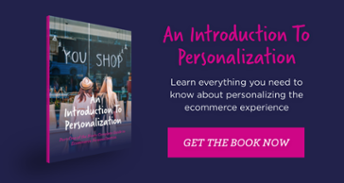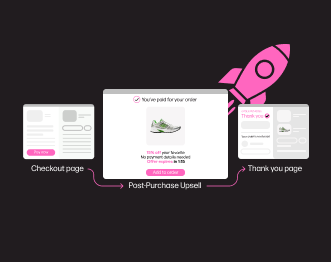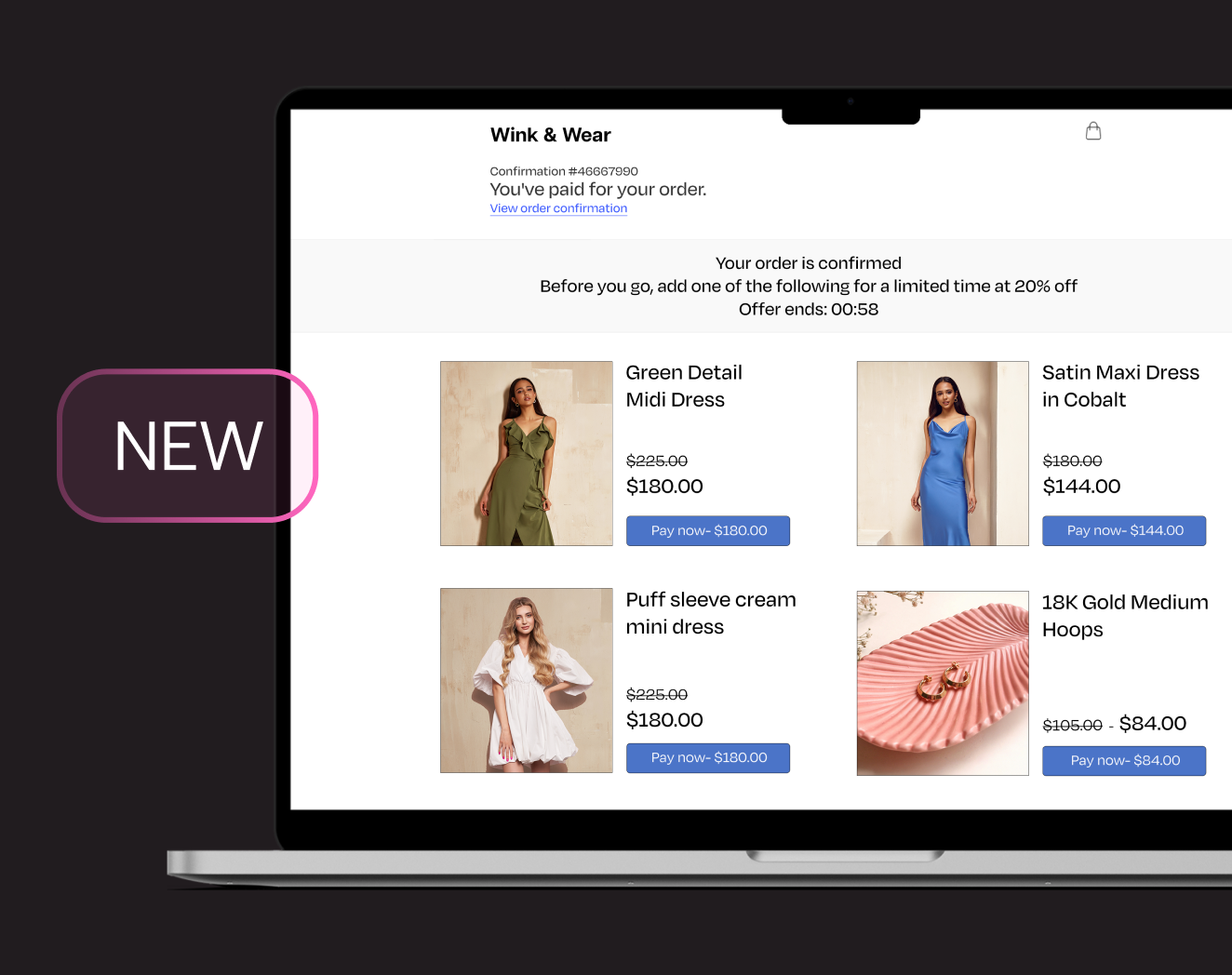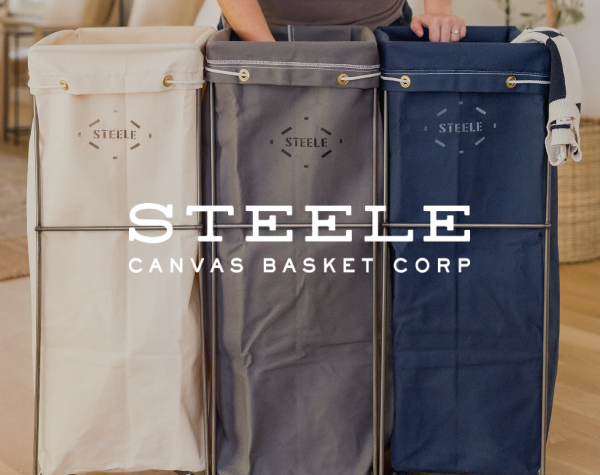5 Tips For an Effective Ecommerce Homepage
As a retailer in an increasingly virtual world, the homepage has become the shop window through which your buyers are peering. But with the average web user taking only three seconds to decide whether it’s good enough to get them in out of the cold, it’s important that your first impression is a good one. So, how can you craft a homepage with a bounce rate lower than reinforced concrete?
The truth is there isn’t a one-size-fits all approach but you can make sure every second a customer spends on your home page counts by applying one or more of these five tips…
1. Show them what you’ve got
Many first-time visitors to your site will rely on your homepage alone to determine what it is you have to offer them, yet many retailers make the mistake of being too restrictive in what they shine their spotlight on.
Remember that only a fraction of sites are globally known brands like Nike or Apple, where consumers immediately have a good understanding of the product range on offer (and this is thanks to the millions these companies are able to spend on brand-marketing). Nike can promote a single product on their homepage, such as the fleece in the photo, and people would still go on to buy sneakers. But if a small retailer took this approach, a new customer might presume the site to be a one-trick-pony and leave.
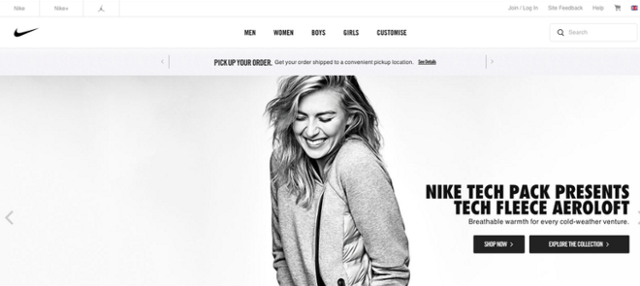 Big brands like Nike can afford to be specific in what they show on their
Big brands like Nike can afford to be specific in what they show on their
homepage but smaller merchants should always aim to show a range.
If in doubt, a good rule of thumb is to make sure that at least 30-40% of your product inventory is represented. As recent research by the Baymard Institute found, this is the amount needed for shoppers to easily identify what a company sells.
Bonus Tip: While promoting range is important, don’t forget that not all categories are created equal – concentrate on the most popular or profitable items you sell and on especially those which differentiate your shop from competition. Exclusive brands, lines and models create a unique selling proposition.
2. Website personalization is optimization
The average conversion rate of an ecommerce website is around 2-3%. But look at retail giants Amazon and suddenly this figure sky rockets to 13%. This is not a fluke – every person that goes to the Amazon website sees something different. Imagine that in terms of the real-world; you walk past a shop window and the display changes to suit your likes and needs. No store on the high-street would pass up the opportunity to connect with potential customers in that way, and neither should you.
The question is, how do you replicate this kind of tailored shopping experience on your home page? Well, you may not be as big as Amazon but you still have the same data at your fingertips. And with a study by O2 showing personalization to be capable of increasing sales by 7.8%, it’s not data you will want to ignore.
- Use customer insight to create a ‘recommended for you’ section – a selection of products based on a customer’s unique browsing and buying behavior. This will entice them further into the site by appealing to their personal preferences.
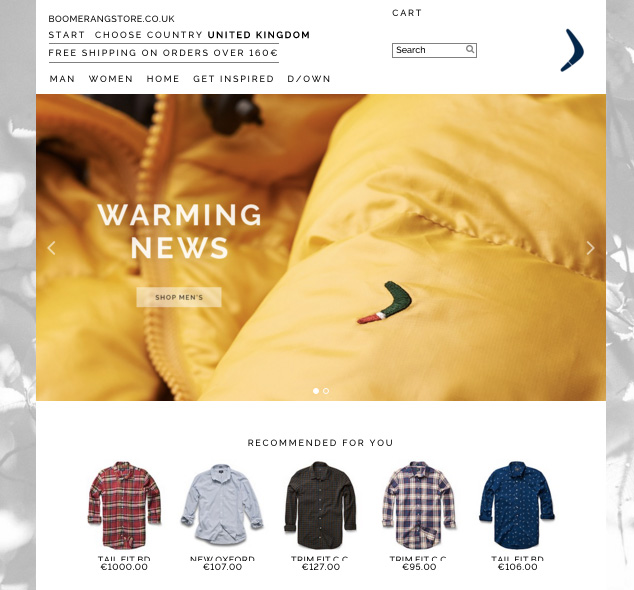
- Highlight seasonality with best sellers or a personalized ‘new in’ selection. If physical space is limited, prioritize personal content and display top lists as a fallback for new customers and those you haven’t seen for a while.
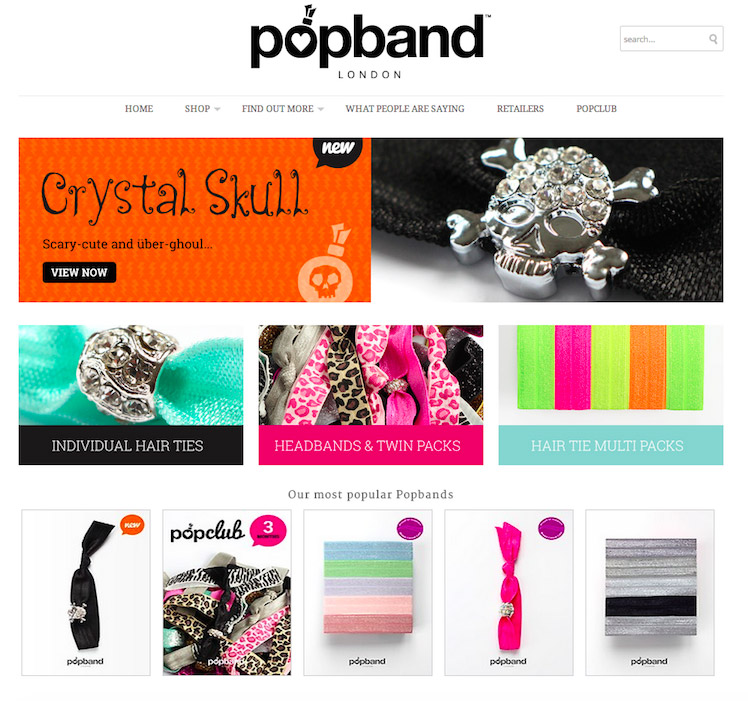
- List recently viewed items for returning customers – this removes unnecessary friction by reducing the number of clicks between a returning customer and products they previously showed interest in. With buying cycles becoming longer, it is likely that a user will come back to your site multiple times before they complete their purchase and this will make sure they have a clear-route to the check-out each time.

3. Engage with your mobile visitors
Browsing patterns between mobile and full-size screen differs a lot from each other and optimizing home page for mobile is worth a blog of its own, so let’s keep it to the basics this time…
Physical space of a smartphone screen is very limited compared to 11-13 inch display, and a thumb can easily cover one sixth of a display so make it easy for visitors to continue their visit to your site by using visual and simple clickable objects on your homepage. Carousel-design and its efficiency for full-screen is often debated, with the majority of visitors either clicking the content immediately or browsing down under the first fold, mobile users are more used to swiping product or content carousels. Encourage this action with small visual cues and you will save space and increase engagement.
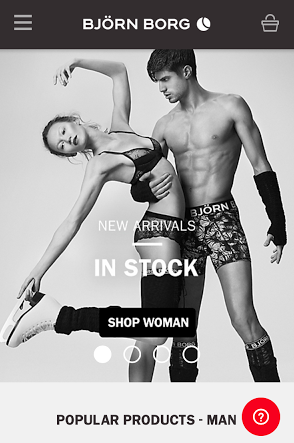
4. If they know what they want, give it to them
While recommending items to your customers is a great way to keep them on your site, there are going to be some people who already know what they want which is great news for you; users who use the search functionality are 3-4x more likely to convert. Make it easy for them to do just that by having a prominent search box that is well-positioned on your homepage. And if you really want to give them what they want, allow them up to 27 characters per search query. According to Jakob Nielsen’s recent web usability study the average search box accommodates only 18 characters, with 27% of queries not fitting in at all.
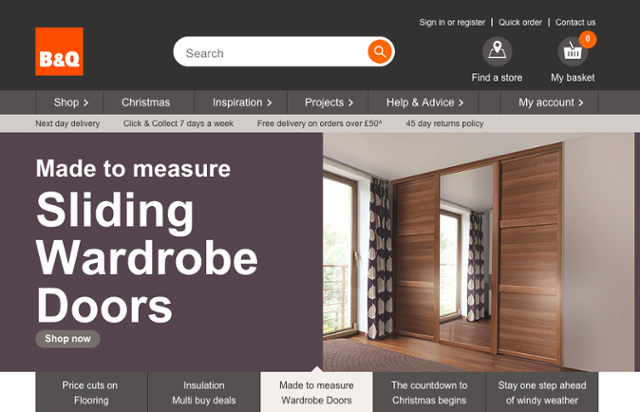
5. Boast about bargains
Finally, don’t neglect the bargain basement bits. Especially with sale dates like Black Friday and Cyber Monday almost upon us. Some people don’t know exactly what they want, but they do know they want a it as discount price. In fact, according to E-tailing group, 47% of online shoppers are only looking to purchase discounted items and 62% are looking specifically for a sale section. Make sure your homepage has a prominent discount area and you are going to keep penny savers spending their pounds on your site.
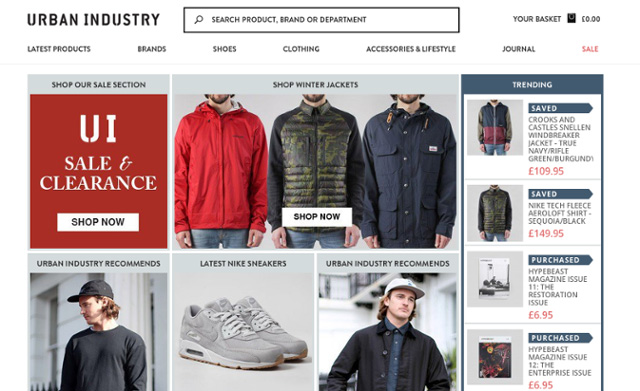
If the eyes are the window to the soul, then your homepage is the window to your business and these are just some of many ways to dress that window. Keep an eye on the Nosto blog for further (non-curtain related) tips…
Like the personalization tips in this post? Download our free Introduction to Personalization ebook

